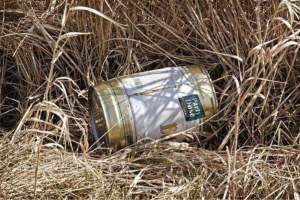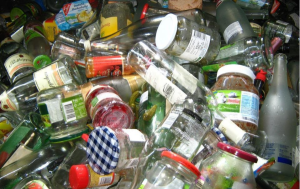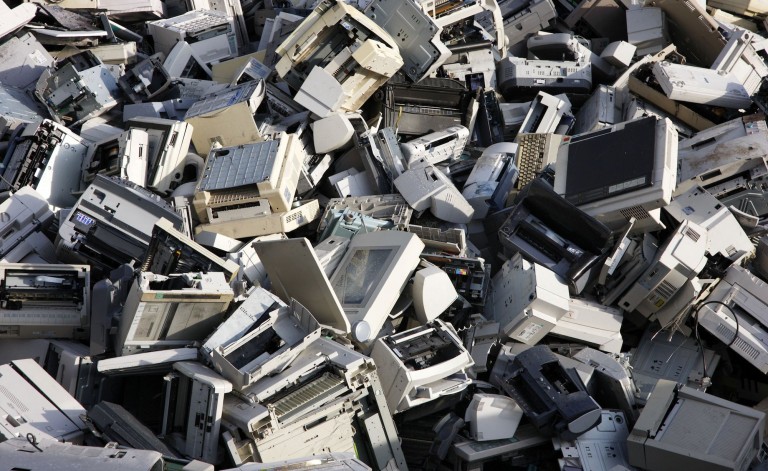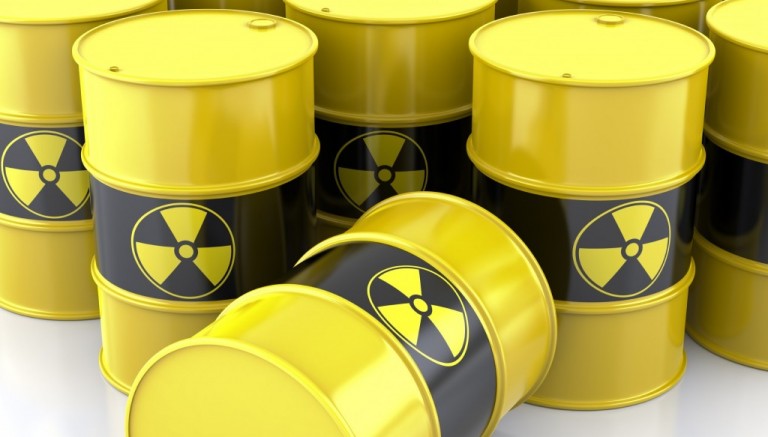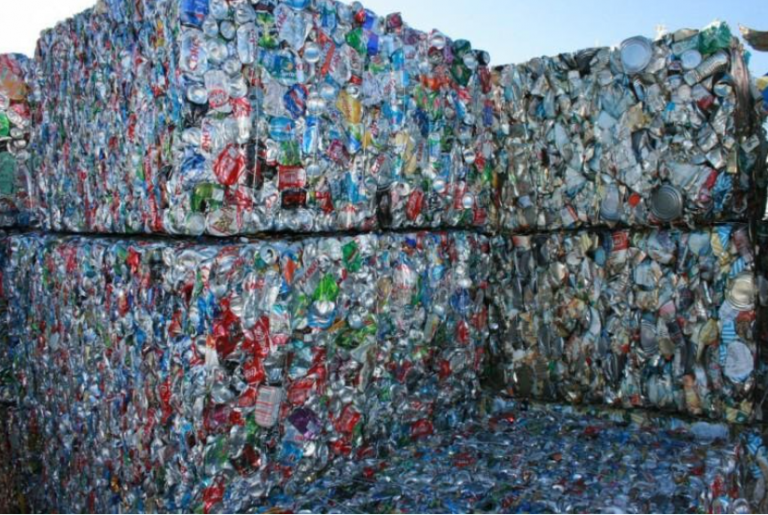Articles and products made from recycled material
The life of a person since ancient times is associated with the use of various materials, from which products necessary for a person to survive are made. Since the Middle Ages (and earlier) people have studied how to use natural resources to get the most out of them .
With the development of various scientific and scientific-technical methods, man expands the field of materials used , starting to improve their properties so that they meet their requirements and desires. “Technology” also appears here, it has a very broad meaning in our world and covers a huge range of areas.
Technology plays a vital role in the development of humanity to live in sync with all living organisms and to evolve. The production of various end products related to any resources and technologies is mainly related to the source of the basic materials and is not only.
Over the last 50 years , with an increase in the world’s population, Earth’s resources began to dwindle, landfills overflowed, and for this reason humanity began to think seriously about waste treatment and integration into new products .
In recent years, the word “recycling” has been heard many times by experts, scientists, environmentalists, politicians, etc., but at this stage no significant results are seen, only small steps .
Of course, like any new thing, recycling is slowly and safely being introduced around the world. Many sources claim that the integration of new trends is directly proportional to the desire of people for realization. The media also have this merit, showing the problems and realizing a dialogue with all stakeholders.
What is recycling and which recycled materials can be reused?
Recycling in practice is the recycling of waste, waste equipment, clothing and other items in a material that the industry can use to create new materials or products.
An interesting fact here is that not everything that is thrown away can be recycled.
Another fact is that not everything is recycled at 99.9% (as we want), and only a certain part can again be used to produce new things . Another serious problem awaiting resolution is that the price of recycled raw materials is higher than the new raw materials and products produced.
As you might guess, many customers prefer the new because, as a person likes to say – “the new is new”! Of course, our goal is to change people’s thinking in order to live in a better world.
Fragmentation of individual raw materials and methods
When we talk about waste recycling, the questions are always much more than the answers. Here are some key questions.
How much does recycling pollute nature?
Waste processing is based on environmental protection and pollution reduction. According to the latest data, there is enough plastic in the waters of the planet, which over the years breaks down into microplastic, which in turn falls into the life cycle of all inhabitants , ie sooner or later it will come to us.
As there is no unanimous solution to this problem, experts in the field recognize that there is a risk to nature when recycling some waste. At this stage, many people are working to reduce the natural footprint of processing a lot of raw materials.
Plastic processing?
The processing of plastic products is an extremely serious problem. The huge variety of polymers creates a problem with recycling, as it requires sorting, washing, etc. The process is long and yet up to 30% of all plastics are recycled.
What happens to recycled material?
Many manufacturers claim to use recycled polymers in their products. Of course be, some part is made of similar material.
Since it is fashionable to be eco-friendly and implement recycled materials, Many retailers come up with ads explaining how they add such raw materials to their products and thus help reduce waste, which is great and encourages others to do it.
There is a huge variety of applications of recycled materials in shoes, clothes, toys, appliances , Furniture, buildings and much more. The interesting thing, though, is what happens to this “junk” that can’t be transformed into something useful.
These are disposable products that cannot be recycled, such as:
- bowls
- plates
- forks
- spoons
- straws and others
The good news is that they are already banned by the European Union and this will make it easier to spread and dispose of in the future.
Rubber Recycling
The recycling of rubber products is done by the tires being processed mainly mechanically, by crushing or grinding grains to a certain size. The resulting fractions are called shred, chips, granulate and powder. This material is used for the production of rubber boards, flooring, wheels , roads, construction, etc.
Metal Processing
Wastes of different types of metals are divided into non-ferrous, stainless, etc. . They will then be pressed into various shapes, which in practice represents their preparation before melting. This is done in special furnaces for melting different types of metals.
Then, pour them into a suitable form for further processing. In the case of metals, the losses from processing are small, and the quality of the final product is quite good. Virtually the entire industry benefits from spent metals, all parameters are very close to newly manufactured products.
Recycling glass and its derivatives
The glass collected from the bit is sorted, which in practice is the so-called separate disposal. This is due to the fact that not all glass waste is recycled. The main raw material that is recycled and reused are beverage bottles . Big companies like Coca-Cola, for example, include over 30% recycled glass in their new bottles.
Batteries and other hazardous waste
Batteries are a very specific waste that has caused a lot of discussion in recent years. Basic is due to the fact that the automotive industry will soon move to the production of electric vehicles and the need for energy storage devices will increase.
At this stage battery recycling is in the hazardous area because is complex, expensive, inefficient and poses risks to the environment. And the final product is not very high quality.
Photos: pixabay.com

